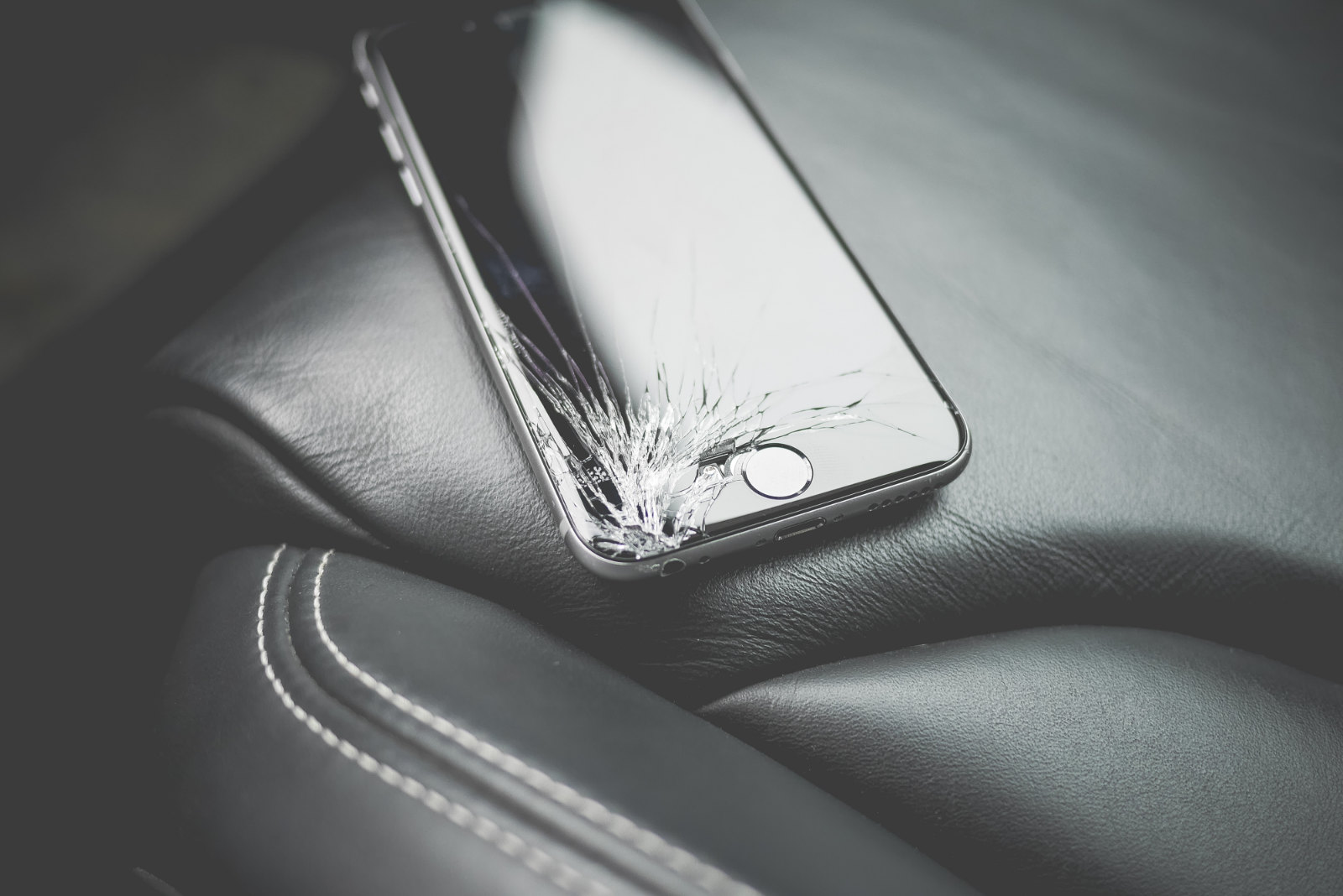
LIVING Lucire predicted the rise of the social influencer many years ago. But now that such ideas have mainstreamed, we’re less optimistic about their staying power
by Jack Yan and Portia Gascoigne
from issue 38 of Lucire
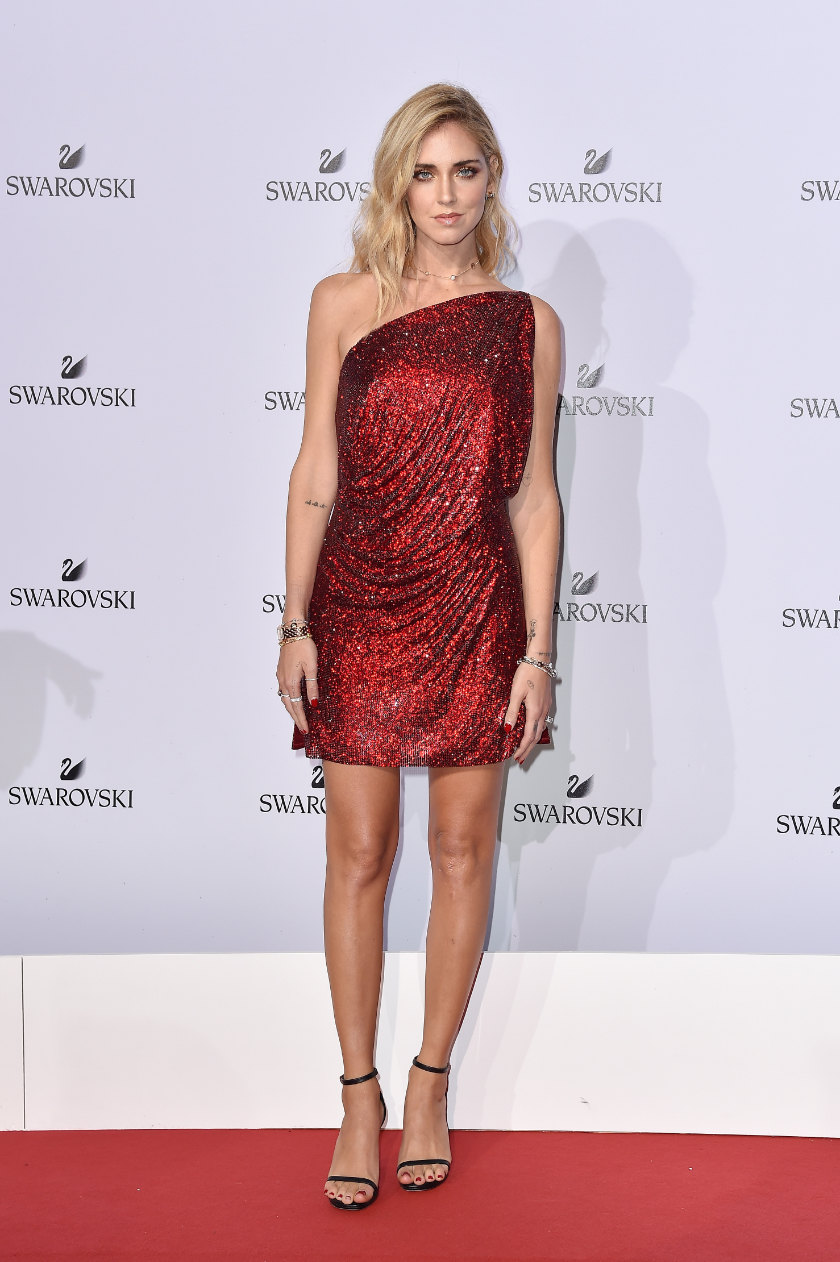 Jacopo Raule
Jacopo Raule
At a Swarovski event closing Moda di Milano for spring–summer 2018, Chiara Ferragni of The Blonde Salad.
Jack Yan is publisher of Lucire. Portia Gascoigne is a writer for Lucire.
I’m getting a buzz seeing how little I update social media now. Around February 2016 I began updating Tumblr far less; Facebook is a thing of the past for me (as far as my personal wall is concerned), though that was helped along by Facebook itself, with its forced malware downloads and privacy intrusions. However, I’m still a pretty heavy Instagram user, and I continue to Tweet, but if Twitter continues on its current path over its policies, such as the double standard over keeping President Donald Trump while kicking off or shadow-banning other Tweeters, my departure might come sooner rather than later.
I’m wondering if the next badge of honour is how much you can de-socialize yourself. Why? It’s all about credibility and authenticity. I’m not sure if the fleeting nature of social media provides them, at least not for me. My opinion is that that puts a big question mark on the future of the “influencer”.
Now in an age where so many are trying to be an influencer, shouldn’t we expect the tide to turn against the shallow, fleeting posters in favour of something deeper and more considered? The shelf life of fashion bloggers—and by this we include vloggers, Instagrammers and other social influencers—is ending fast and is no longer niche, so what are they doing to stay relevant?
At the turn of the century, having your own website was something special, and it was relatively easy to be influential. Then weblogs, later blogs, began, allowing others to self-publish, but even they required a lot of effort to maintain.
The rise of the web has led to an influx of fashion-focused blogs, websites, vlogs and endless publications. But that has meant that many fashion blogs, once known to be fashion bibles, have become monotonous, with everyone doing it, or having done it. The oversaturation has made it hard to decipher which to follow and source unique content from.
Blogs have gone commercial and become very promotional and marketing-focused. The celebration of style is declining, replaced with marketing strategies that convince people to buy new products and follow current trends. The ever-changing digital sphere has a large play in this, with everything and everyone becoming mobile.
As technology democratized through mobile devices, and attention spans become more fleeting, social media seemed like the right invention for the right time. Who needs to read an article when you can read a headline, or a status update, or look at a photo, which is a very fast way of absorbing a thousand words in a time-poor futurama we call today? This is all changing the way fashion is consumed and viewed, and people have become accustomed to immediacy.
Therefore, more money has been allotted to digital marketing strategies, such as for social media platforms like Instagram and Facebook, that cater for immediacy and mobility. Traditional media spend is diminishing for many brands, and some, like cosmetic brand Smashbox, have cut this spend altogether. PR and marketing executed through digital and social platforms are generating more reach and response from the mobile generation, and thus a larger return on the investment.
Fashion blogger Chiara Ferragni, who is behind The Blonde Salad, has felt the shift in the fashion frontier, and despite having 11·7 million followers on Instagram, she, too, is trying to stay relevant. Ferragni has transitioned from solely focusing on her blog, and has launched her own shoe brand. In the oversaturated market many young people are copying her style and æsthetic so it is crucial for her to stay on top with cutting-edge content, and continue to be innovative and creative, much like with her The Blonde Salad Shop.
But marketing seeks authenticity—it has for a long time. Today, there is an identity crisis with some bloggers who are trying to find themselves, among digital influencers who are being told what to wear in return for money or other value. What is authentic about a social media influencer who posts out of obligation to sponsors? Even if they reach millions, did it really connect with audiences on a deeper level or did it simply seem forced?
Fashion fanatics are attending events, fashion shows, dinners, and they’re even being paid to do so in clothes. They’re returning home with goody bags filled with products and merchandise they will rave about later on social media. Vogue criticized fashion bloggers at Moda di Milano who were changing outfits every hour in order to make money. Bloggers were parading around in their funded ’fits outside the shows in the hopes of being snapped by famous publications or photographers, aspiring to leverage their careers. This is “heralding the death of style” in a desperate scene to get noticed amongst fashion’s finest.
Furthermore, bloggers are sporting tunnel vision with their phones; streaming shows and events live on Instagram and Snapchat stories with geo-tags to let everyone know they’re present. These bragging rights are turning into a reality show, and one that is impairing the organic nature of enjoying a fashion event and taking in the creations and designs. Bloggers are thinking one step ahead of how to stream and reflect on events, rather than being immersed in the moment.
I can understand how, initially, social media were real connectors, allowing people to connect one on one and have a conversation. It seemed logical that marketing would head that way, going from one-to-many, to something more personalized, then (as author Stefan Engeseth has posited for a long time) to one where brand and audience were on the same side, trying to find shared values (let’s call it ‘oneness’). At a time social media looked like it would help things along. But has it really? Influencers are less interested in being on the same side than being on the other side, in an adaptation of the one-to-many model. It’s just that that model itself has become democratized, so a single person has the means of reaching millions without a traditional intermediary (e.g. the media). There’s nothing really wrong with that, as long as we see it for what it is: a communications’ channel. Nothing new there.
Some are doing it right in pursuing oneness with their audiences by posting just on a single topic, updating honestly about their everyday lives—editor-at-large Summer Rayne Oakes comes to mind with her Homestead Brooklyn Instagram account. She has stayed on-message with what she stands for, for over a decade. Within the world of Instagram, this is a deeper level, sharing values in an effort to connect and be on the same side as her audience. However, she isn’t solely using Instagram; other media back her up. Hers is a fantastic example of how to market and influence in the context I’m describing, so there is still a point to these social media services. But for every Summer Rayne there are many, many who are gathering attention for no values that I can fathom—it has all been about the numbers of followers, looking attractive, and getting free stuff.
I haven’t a problem with their choice—it is their space, after all—but we shouldn’t pretend that these are media that have allowed more authentic conversations to take place. Marketers should know this. These messages aren’t customized or personalized. Algorithms will rank them so audiences get a positive hit that their own preferences are being validated, just like any internet medium that places us in bubbles. The authenticity is relative: because no party has come between the communicator and the audience, then it’s unfiltered, and in that respect it’s first-hand versus second-hand. But how many times was that message rehearsed? How many photos were taken before that one was selected? It’s “unreality”.
There are so many such social media presences now, and crowded media are not places where people can have a decent connection with audiences. Some with millions of users—I’m thinking of young models—might not even be reaching the target audience that companies expected of them. Is what they wear really going to be relevant to someone of the opposite sex browsing for eye candy? That isn’t a genuine conversation.
And how real are those numbers? I’ve warned of Facebook bots reaching ‘epidemic’ levels in 2014, long before us politicians became interested in how many of them might be controlled by Russian agents; and the site was busted in 2017 for saying there were more people in certain demographics than there were actual, living people. Marketers might want to trust the numbers, but they can’t.
Without having some sort of profile to begin with, usually earned through more conventional media, but not always after some real accomplishment, many of these personalities are just attractive faces where the audience fills in the gaps, imagining what they’re really like.
Better known models and socialites can market themselves more seamlessly and charm their audiences through their everyday lifestyles with the help of technology. The age of the selfie has led to models’ faces becoming the brand. We are now in an age that condones a large focus on models’ personalities and personas, in comparison to just being walking mannequins. That is absolutely fine: people deserve to be humanized, but when their online personas are edited and idealized for public consumption, is that a true reflection of humanity? It’s a fantasy again, even if social media propagate this and make it effortless for audiences to feel as though they are “friends” with models and fashion icons. Following these influencers on Facebook, Twitter, Snapchat and and Instagram allows for everyone and anyone to watch their stories like you would your friends, getting a raw insight into their everyday lives, both behind the scenes and the glamorous events they attend.
However, this raises questions of authenticity and transparency, too. There have been many cases of socialites being paid big money to endorse brands and products, despite not fitting the brand’s demographic. Kendall Jenner is an example: she became the face of Estée Lauder in 2014 at 19. The cosmetic brand is targeted towards older women. This caused scepticism among some observers and suggested Estée Lauder’s promotional strategy was based on numbers and popularity (Jenner has 87 million Instagram followers). This puts into perspective the notion of untrustworthy numbers and fame being compromised for relevance to a certain extent. More infamous was Jenner’s promotion of Pepsi in 2017, with a commercial so derided by others (prominently on social media) as trivializing the Black Lives Matter movement that it had to be pulled. Jenner had pumped up her followers to watch out for her commercial—yet even Pepsi ceased to defend it after seeing the backlash, and Jenner scurried away from paparazzi when initially questioned. People would be right to be cynical of her endorsements afterwards, although her Instagram numbers continue to rise rapidly.
continued below
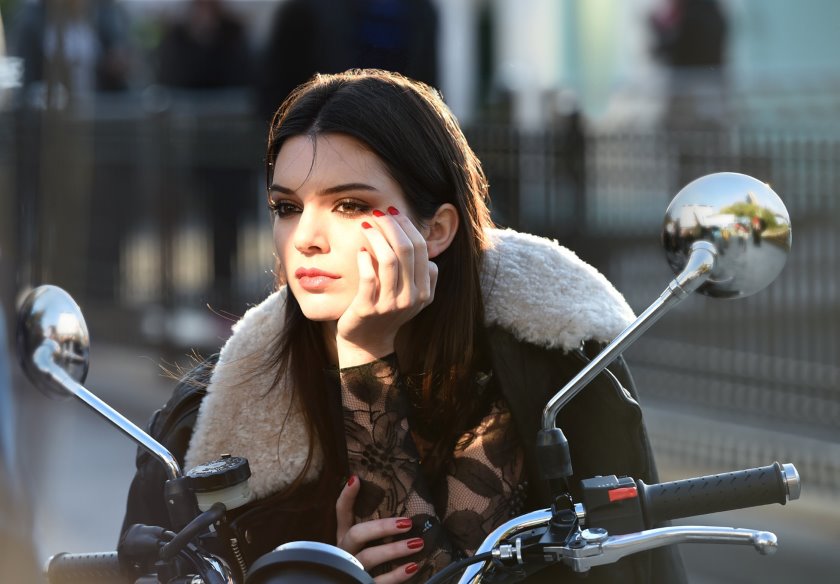 Above: Kendall Jenner for Estée Lauder: a proper match? Below: Selena Gómez for Louis Vuitton.
Above: Kendall Jenner for Estée Lauder: a proper match? Below: Selena Gómez for Louis Vuitton.

This prompts questions as to whether celebrities are influencing and endorsing too many brands and spreading themselves too thinly. Selena Gómez, for example, is the face of Louis Vuitton, Coach and Coca-Cola, which are all very different, well known brands, with different philosophies. This again can eliminate authenticity, especially when it’s all about capitalism, not connection. Vanity Fair reported Gómez’s sponsored Instagram posts to be worth US$550,000 each, shot by professional photographers, contributing to her being the most followed person on Instagram.
Therefore, the social media landscape had not changed things too much: famous people are still being asked to endorse things for megabucks, and once again we shouldn’t pretend that influencers have actually changed the game. It is simply a new generation of celebrities, who have the same tools at their disposal as the rest of us. They don’t possess special powers over those tools: it was either hard work in diligently building a following staying on one subject, or they were famous already.
I see social media decentralizing and people taking charge of their privacy more, even if most people are happy to have the authorities snoop on their conversations. Mastodon, a decentralized social network, has been pretty good so far, because it hasn’t attracted everyone. The few who are there are having respectful conversations, even if posts aren’t reaching the numbers they might on Twitter, and mutual respect can lead to authenticity. If, as a marketer, that’s not what you seek, that’s fine: there are plenty of accounts operating on audience numbers but not genuine conversations—as long as you know what you’re getting into. But I believe marketing, and in particular branding, should form real relationships and dialogue. Not every life is the fantasy shown in social media—we know that that’s not possible. Trump may have popularized the term ‘fake news’; and social media have “fake lives”, in amongst all the bots.
If these media become known for shallow connections “by the numbers”, then even those doing it right, forming those genuine conversations, may be compelled to move on. Social media are getting to a point where some big-number accounts are associated with shallowness, and the companies themselves (e.g. Facebook and Twitter) have policies and conduct that have the potential to taint our own brands. Email is a great medium still, and you can have great conversations on it, but email marketing isn’t as “sexy” as it was in the mid-1990s, because there’s more spam than legit messages. It takes skill to use it well and to build up a proper, consented email list.
In 2018, as at any other time, doing something well takes hard work. There is no magic shortcut, not even for influencers. •
Related articles hand-picked by our editors
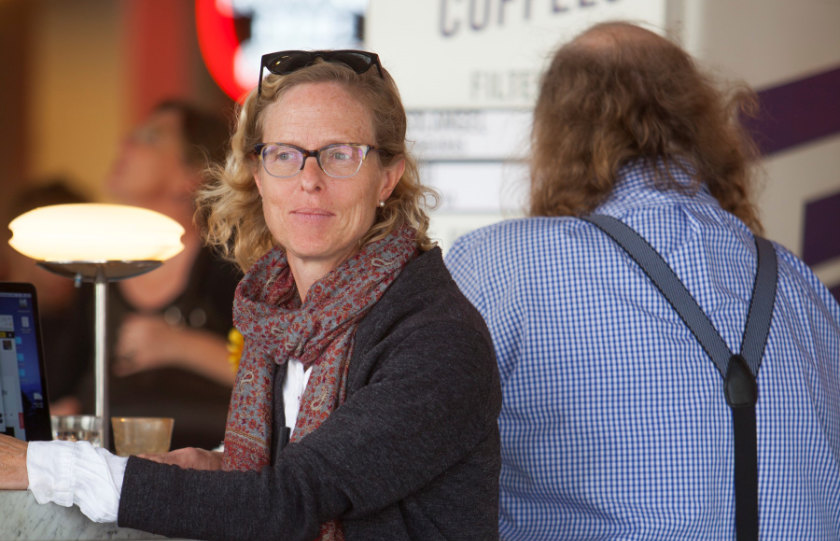
Bowled over!
Los Angeles Times’ food editor Amy Scattergood meets with Elyse Glickman to discuss why food festivals need to evolve to provide everybody a seat at the table
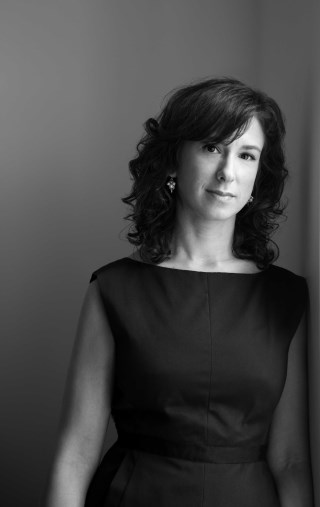 Lucire’s news-makers of 2017
Lucire’s news-makers of 2017
There’s little doubt in our minds that Stella McCartney is a news-maker this year—and joining her are five journalists, three politicians, and an engineer
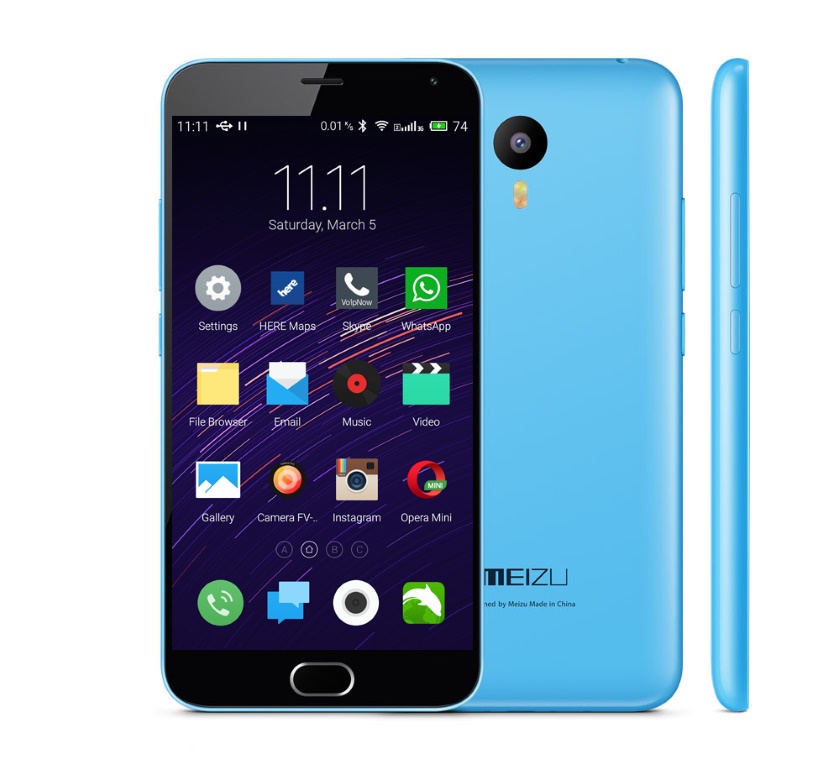
Meizu M2 Note: Google-free in a post-Snowden era
Jack Yan, conscious of Google’s privacy invasions after a few run-ins, is pleased with the octa-core Meizu M2 Note. It has its own OS based on Android, but a version that seems to send nothing back to the big G, while having the sort of display that Iphone 6S users delight in, at a fraction of the price
Advertisement
Copyright ©1997–2022 by JY&A Media, part of Jack Yan & Associates. All rights reserved. JY&A terms and conditions and privacy policy apply to viewing this site. All prices in US dollars except where indicated. Contact us here.